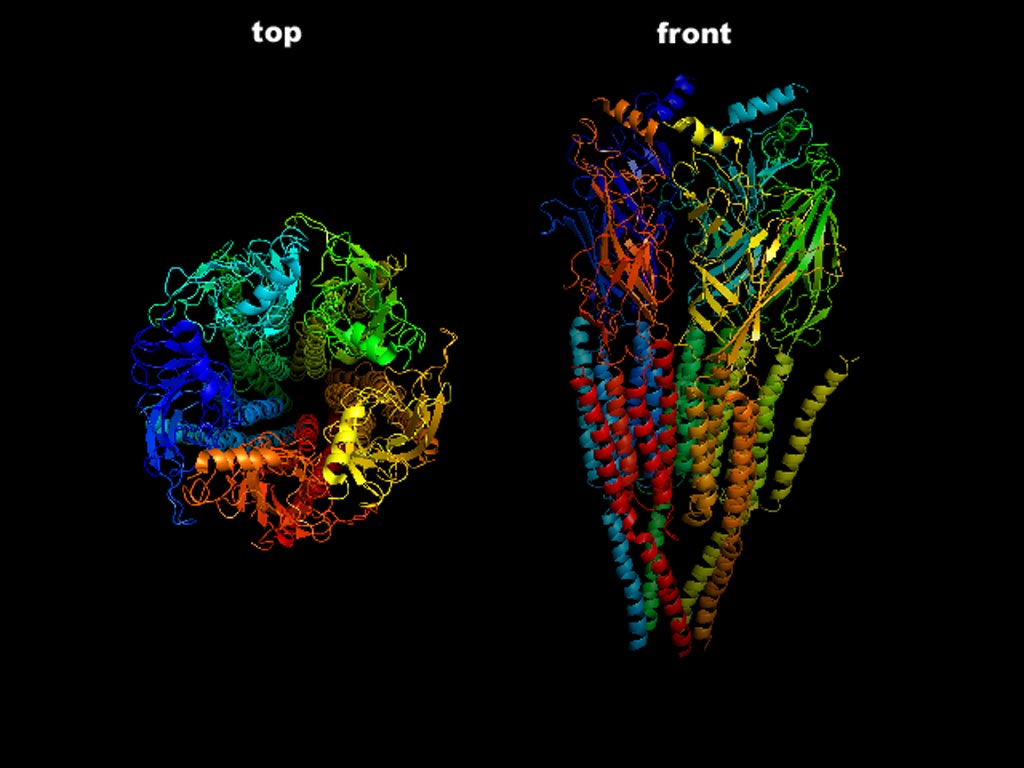Metabolites Pattern Distinguishes Myasthenia Gravis from RA Patients
By LabMedica International staff writers
Posted on 09 Sep 2019
A team of Canadian researchers used a pattern of 12 metabolites to distinguish myasthenia gravis patients from healthy individuals or from those with rheumatoid arthritis.Posted on 09 Sep 2019
Myasthenia gravis (MG) is an autoimmune disease caused by antibodies that block or destroy nicotinic acetylcholine receptors at the junction between the nerve and muscle. This prevents nerve impulses from triggering muscle contractions. MG, which affects approximately one in 5,000 people, most often women under age 40 or men over 60, is a chronic neuromuscular disease that leads to varying degrees of skeletal muscle weakness. The most commonly affected muscles are those of the eyes, face, and swallowing. It can cause double vision, drooping eyelids, trouble talking, and trouble walking. Left untreated, MG symptoms may cause significant morbidity or even death.

Image: The top and front view of the three-dimensional structure of the pentameric nicotinic acetylcholine receptor, which is damaged or destroyed in myasthenia gravis (Photo courtesy of Wikimedia Commons).
To date, no robust biological marker is available to follow the course of the disease. Therefore, new diagnostic approaches and biological markers are essential not only for improved diagnosis of the disease except for improved outcomes.
In this regard, investigators at the University of Alberta Faculty of Medicine & Dentistry (Edmonton, Canada) performed metabolic analyses using acid- and dansyl-labelled serum from 46 seropositive MG patients, 23 rheumatoid arthritis (RA) patients, and 49 healthy controls.
Results revealed that after identifying more than 10,000 compounds in the serum samples, the investigators were able to point to a unique pattern of 12 metabolites exclusive to patients with myasthenia gravis.
"This is really important because now we have a way to easily separate a patient with myasthenia gravis from someone with rheumatoid arthritis or another autoimmune disease," said contributing author Dr. Zaeem Siddiqi, professor of neurology at the University of Alberta Faculty of Medicine & Dentistry. "What is more, now we are able to explore how those 12 metabolites change in mild, moderate, or severe cases so we can make this biomarker more robust and more effective for predicting the course of the disease and developing treatment plans. Now we have a unique fingerprint or map of metabolites that can easily separate healthy individuals from those with myasthenia gravis, and a path to the discovery of more accurate and specific treatments."
The myasthenia gravis paper was published in the August 1, 2019, online edition of the journal Metabolomics.
Related Links:
University of Alberta Faculty of Medicine & Dentistry













